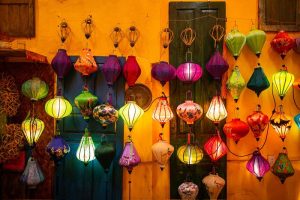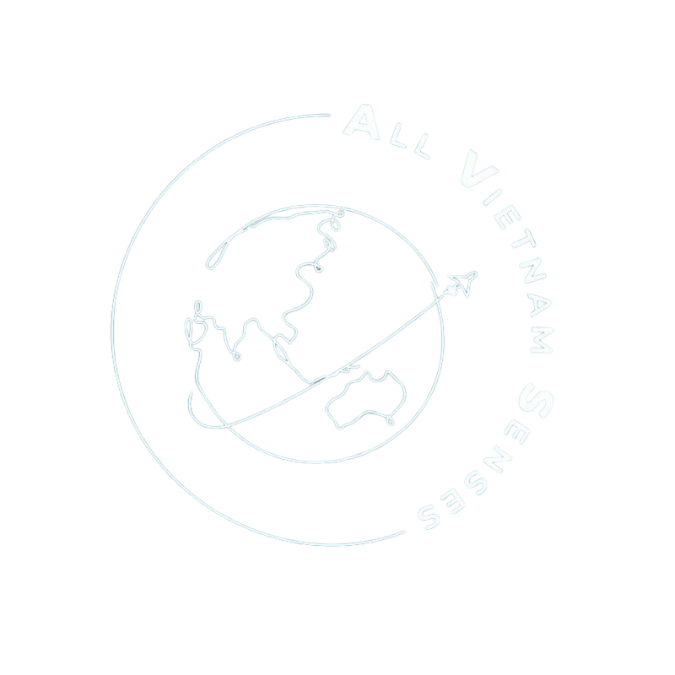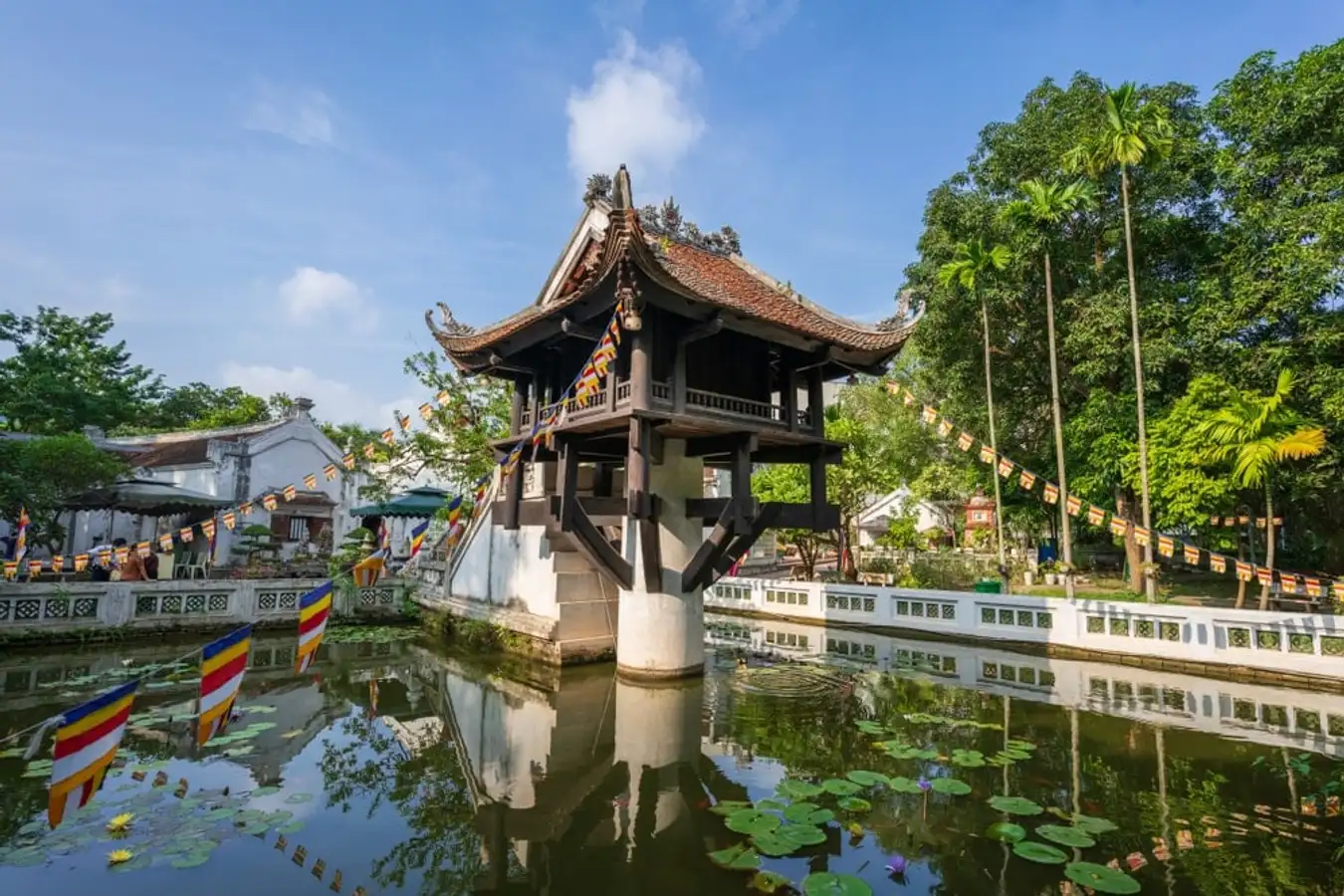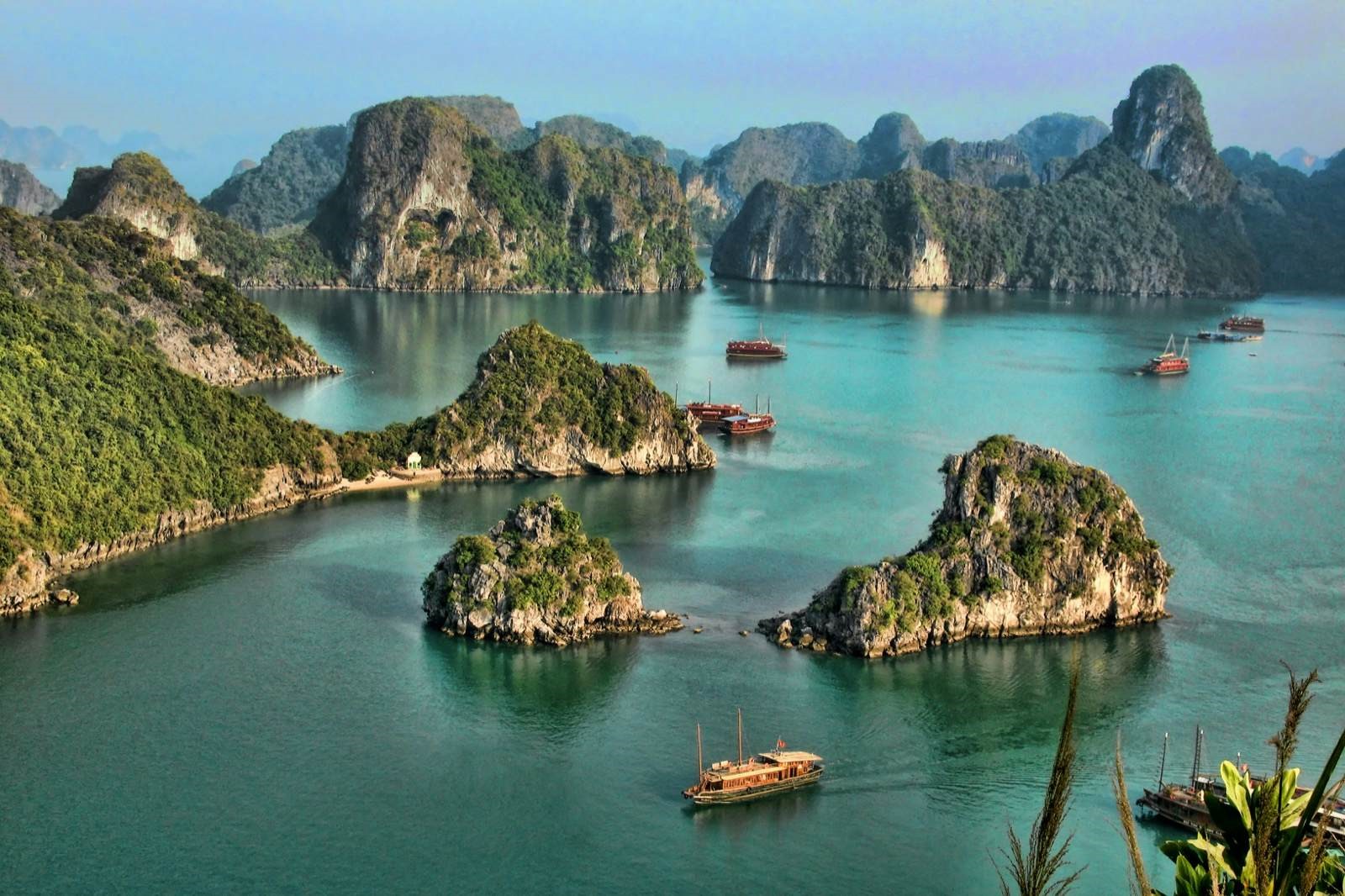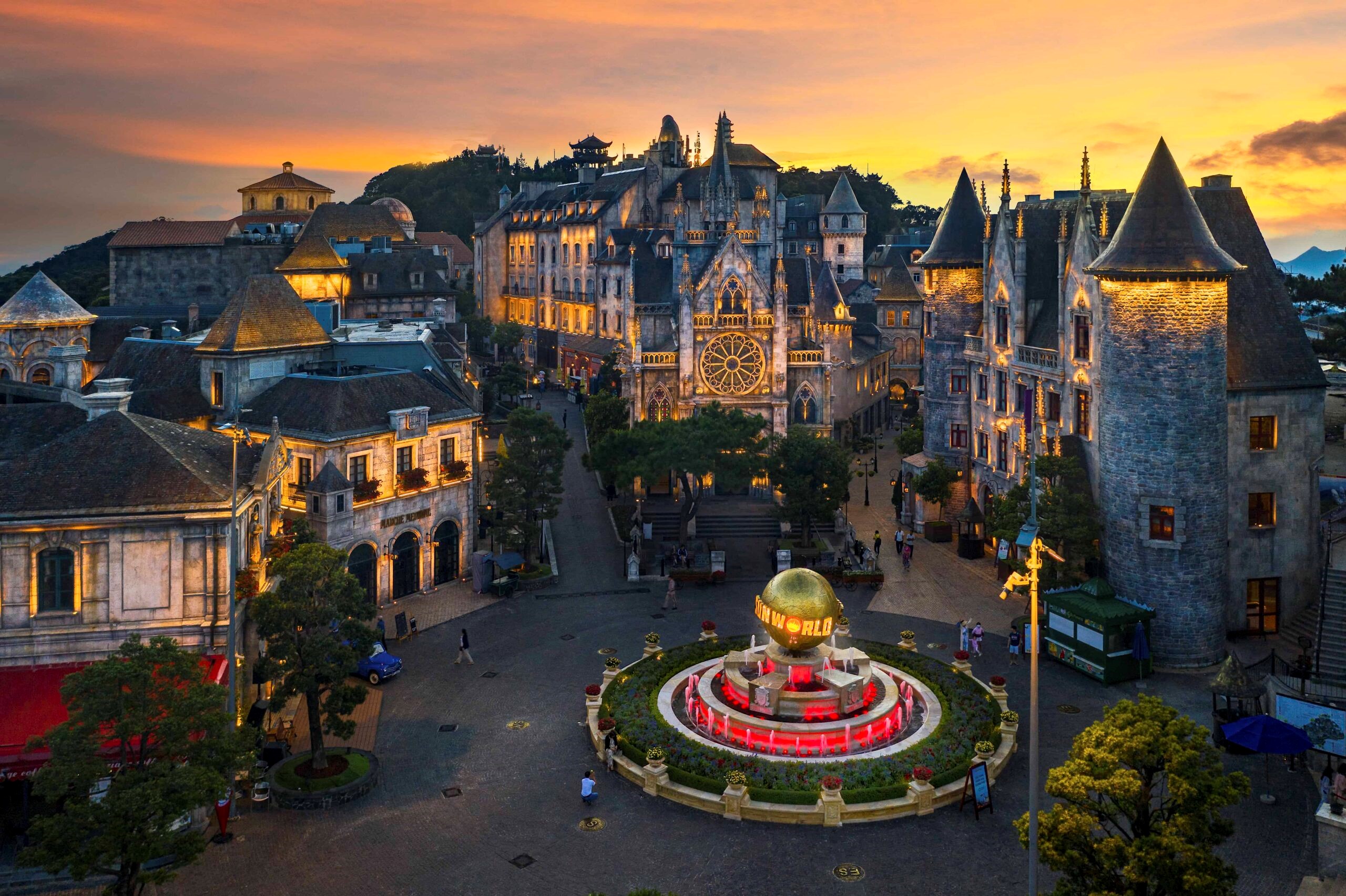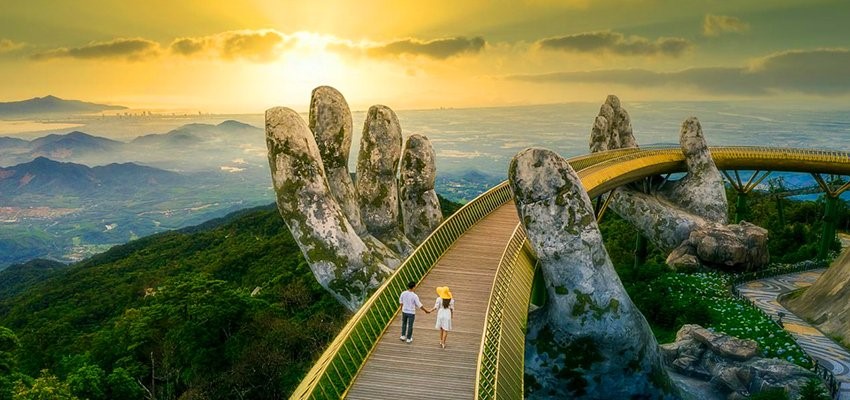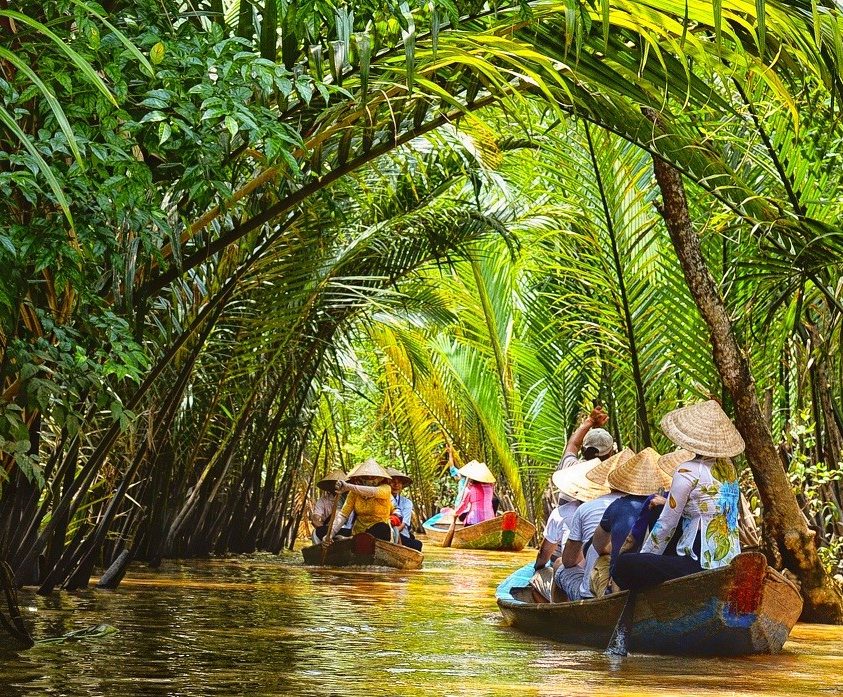Hanoi: 7 Questions Before Visiting Vietnam's Capital
Vietnam’s capital, Hanoi, is a must-see when visiting the nation, particularly if you are coming from the North. Did you know that at the start of 2024, TripAdvisor recognized Hanoi in two categories? In addition to being voted the world’s top food destination, it came in at number four out of the top 25 places worldwide.
Immersed in the historical ambiance that has molded the country, the thousand-year-old capital provides a wide range of cultural, tourism, and culinary experiences. By presenting different facets of Hanoi from the perspective of locals, we hope to give you a better picture of the Vietnamese city and provide you with fantastic travel suggestions.
Where is Hanoi located?
Hanoi is situated in the northern part of Vietnam, along the Red River, which originates in the Yunnan Mountains of China. The city is approximately 3 hours east of Halong Bay, and the Halong Bay’s inland version is about 3.5 hours south of Hanoi. To the west and northeast, you’ll find stunning mountainous regions like Sapa, Ha Giang, and Cao Bang.
It takes about an hour by plane from Hanoi to Da Nang, the capital of Central Vietnam, and 2 hours to Ho Chi Minh City. Hanoi is around a 3-hour flight from major cities in the region such as Bangkok, Singapore, Kuala Lumpur, and Hong Kong.
Quick tip:
Hanoi’s international airport is 28 km from the city center. It’s recommended to book transport in advance with your hotel, especially for night arrivals. Avoid airport taxis due to high fares. You can use Grab, Xanh SM, or Bee apps for transparent pricing. A Vietnamese SIM card, available at the airport, is needed for these apps.

How does Hanoi look?
Hanoi is an old city with a lot of history. It has been called many things over the years. It was named “Hanoi” in 1831, during the rule of King Minh Mang. The name means “city inside the river” because the city is between the Red River, the Nhue River, and the Day River.
There are important structures and buildings in the city that show how culturally valuable it is. Hanoi has always been an important city in Vietnam’s political, cultural, and economic life.
The old and the new live together in Hanoi, a city of opposites. In the Old Quarter, buildings from the colonial era and the baroque period mix in perfectly with newer buildings. The calm, historic feel of Hanoi comes from its unique mix of things, which is different from the busy feel of Ho Chi Minh City, the southern “capital.”

Must-Visit Attractions in Hanoi
Hoan Kiem Lake – The Lake of the Restored Sword
Hoan Kiem Lake, also known as Ho Guom, is a central attraction in Hanoi. At its heart lies Turtle Island, tied to the legend of King Ly Thai To, who received a sacred sword from the Turtle Genie to fend off Chinese invaders. This island is home to Turtle Tower, an iconic symbol of both Hanoi and Vietnam.
Surrounding the lake, you’ll find a lively pedestrian street where you can observe Hanoi’s daily life, join aerobics or other sports activities, and explore local street vendors offering traditional Vietnamese snacks.
Another highlight is the Ngoc Son Temple, located on a separate island in the lake. This temple honors the Turtle Genie and symbolizes the harmony of Vietnam’s three major religions: Confucianism, Buddhism, and Taoism.
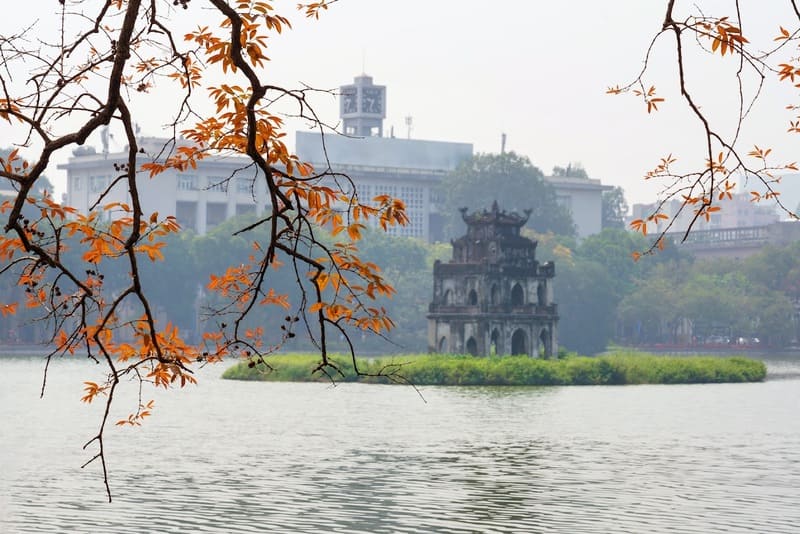
The Old Quarter of Hanoi
The Old Quarter of Hanoi, steeped in history since the Ly Dynasty in the 11th century, was once a bustling hub of craftsmanship and commerce. Known as the “36 Streets of Hanoi,” each street historically specialized in a particular trade, reflected in its name. For instance:
- Hang Trong showcased traditional drum-making.
- Hang Tre specialized in bamboo products.
- Hang Dong was renowned for copper artistry.
A must-visit here is the Dong Xuan Market, one of Hanoi’s oldest marketplaces, established during French colonial rule in 1889. It remains a vibrant spot for experiencing local culture.
Hanoi Train Street
This unique attraction weaves through residential areas of Hanoi, showcasing a mix of modern and old architecture. The train tracks run astonishingly close to homes, creating a “vintage” ambiance with colorful structures lining the streets. It’s a photographer’s dream and a testament to Hanoi’s charm.
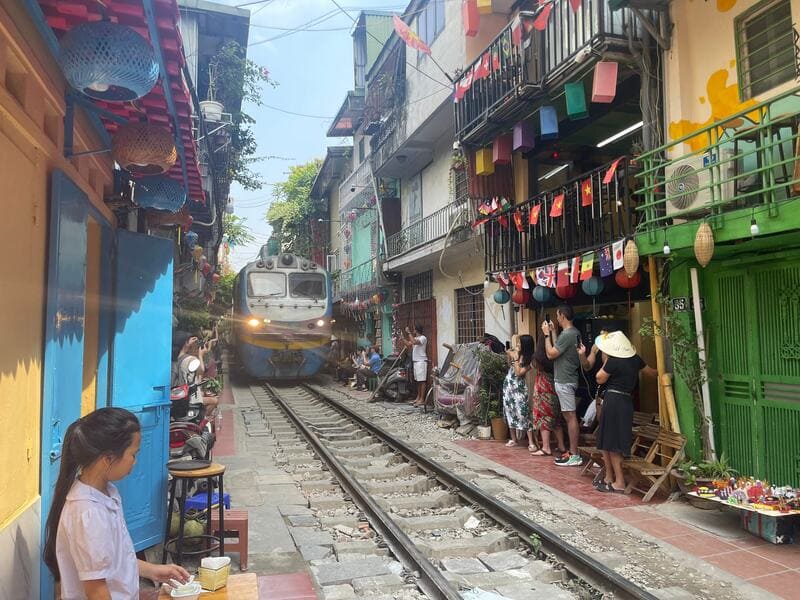
Hoa Lo Prison – The Central Prison
Built by the French in 1896 to suppress Vietnamese resistance, Hoa Lo Prison is a historical site that reflects the sacrifices and resilience of Vietnamese revolutionaries.
- Opening hours: Daily, 8:00 AM – 5:00 PM (no lunch break).
- Tickets: Available at the main entrance for 50,000 VND per person.
The Temple of Literature
Founded in 1070 under King Ly Thanh Tong, this site includes the Temple of Literature, dedicated to Confucius, and Quoc Tu Giam, Vietnam’s first university. The complex also houses stone turtles inscribed with the names of scholars, symbolizing Vietnam’s rich educational heritage.
The temple now offers nighttime tours featuring a 3D mapping show, “Essence of Taoism,” providing a magical experience with illuminated relics.
- Timing: 6:30 PM – 10:30 PM (Wednesday, Friday, Saturday, Sunday).
- Tickets: 199,000 VND.
Imperial Citadel of Thang Long
A UNESCO World Heritage site, this historic citadel dates back to 1010 and spans over 13 centuries. Its highlights include ancient walls, the solemn Flag Tower of Hanoi, and the Military History Museum.
Ho Chi Minh Mausoleum and Complex
Near the citadel lies this complex, housing the Mausoleum of Ho Chi Minh, the Presidential Palace, and the Ho Chi Minh Museum. The granite mausoleum is a sacred place where visitors can pay their respects to Vietnam’s beloved leader.
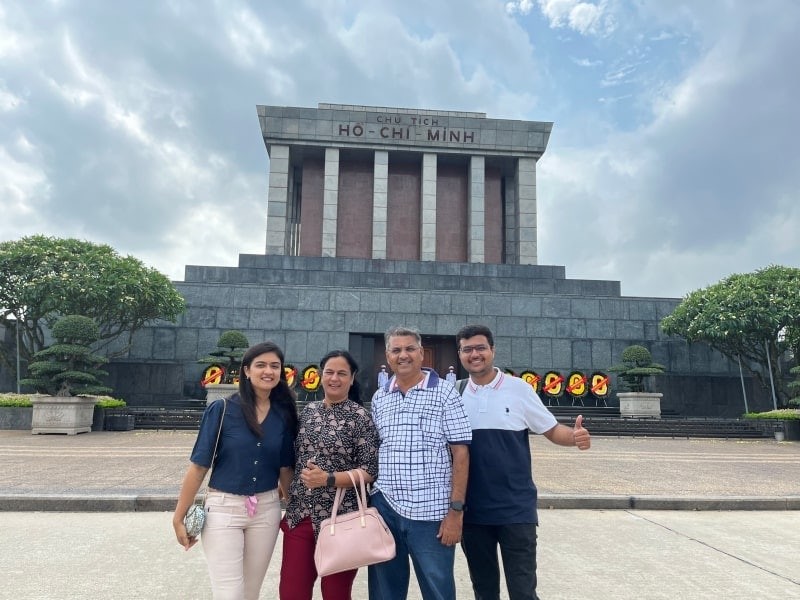
Vietnam Museum of Ethnology
This museum offers an immersive look into the traditions, art, and lifestyles of Vietnam’s 54 ethnic groups. Visitors can participate in interactive exhibits and enjoy a free water puppet show on weekends.
French Colonial Architecture in Hanoi
Hanoi boasts stunning French colonial landmarks, including:
- Long Bien Bridge (formerly Paul Doumer Bridge): Spanning the Red River, it’s a historic symbol of Hanoi.
- Hanoi Opera House: A magnificent architectural gem.
- St. Joseph’s Cathedral: A neo-Gothic masterpiece.
- Presidential Palace: Once the residence of the French Governor-General.

What are the must-see places close to Hanoi?
Through their charming villages, the villages on the edges of Hanoi give you a unique look into real Vietnamese culture. The mood in these peaceful, natural, and honest towns is unlike any other.
The old village of Duong Lam and the rice fields that surround it
Duong Lam Village is about 50 kilometers from the center of Hanoi. It has a lot of old buildings, some of which are 400 years old. The village gate, communal houses, and religious places are some of the most interesting parts. By walking or riding a bike through this town, you can feel like you’ve gone back in time, seeing old homes and traditional pagodas. You can talk to people from the area and see beautiful fields of corn, cassava, and rice along the way. This is a great place to see how people in the Red River Delta used to live in the country.

The Craft Villages Around Hanoi
There are craft towns all around Hanoi that are hundreds of years old and specialize in different kinds of work. A lot of these villages have kept their traditional crafts alive, which gives you a look into Northern Vietnam’s culture history.
These are some craft areas that you have to see:
- Bat Trang Village: For more than 500 years, Bat Trang has been a center for making clay and porcelain. It is famous for its fine ceramics. Everyone who comes can even try making their own clay items.
- Dong Ho Village: Dong Ho is known for its woodblock paintings and prints, which are bright and one-of-a-kind works that show Vietnamese culture.
- A village called Van Phuc is famous for its silk-weaving workshops. Skilled craftspeople there make beautiful silk fabrics.
- Quang Phu Cau Incense Village: Making incense sticks has been done in this village for a long time. People are amazed and captivated by the incense sticks of Quang Phu Cau. Their bright red and yellow colors represent the spirit of the East.

When Is the Best Time to Visit Hanoi?
Hanoi is a year-round destination, with each season offering its unique charm thanks to its four distinct seasons. The tropical climate means high temperatures, heavy rainfall, and high humidity, but each season has something special to offer.
Spring (February to Mid-April)
Spring temperatures range between 18-29°C, gradually warming as the season progresses. February marks the Tet Festival, Vietnam’s Lunar New Year, where you can experience vibrant traditional celebrations in pleasant weather.
Summer (Mid-April to August)
During summer, temperatures average between 28-34°C, with highs reaching 38°C in May and early June. Expect alternating sunny days and rain in June and July. Don’t miss the blooming lotus flowers, Vietnam’s national flower, which are at their peak in June.
Autumn (September to Mid-November)
Often considered Hanoi’s most beautiful season, autumn offers cooler temperatures ranging from 17-27°C. The weather is crisp and sunny, perfect for outdoor activities. The city’s autumn flowers add a poetic touch to Hanoi’s charm.
Winter (Mid-November to January)
Winter temperatures range from 10-20°C, making it the coldest season. The cool weather is often accompanied by a misty ambiance, adding a mysterious allure to Hanoi’s ancient streets.

What to Eat and Drink in Hanoi?
Did you know that TripAdvisor users chose Hanoi as the best place to live for food in 2024?
From simple street food stands to places with Michelin stars, exploring the food of the capital is an unforgettable culinary adventure that gives you a deep look into Vietnamese culture. Here are some foods and drinks you should try:
- Phở (Pho): This iconic Vietnamese noodle soup, served with beef or chicken, is a staple of Hanoi’s culinary scene. Accompanied by fresh herbs, bean sprouts, and flavorful condiments, it’s a comforting and aromatic dish.
- Bún Chả: A flavorful dish of grilled pork marinated to perfection, served with rice noodles, fresh vegetables, and a special dipping sauce.
- Nem (Spring Rolls): Crispy and golden-fried, these spring rolls are filled with minced meat, shrimp, vegetables, and spices.
- Bánh Cuốn: Delicate rice crepes stuffed with minced pork, mushrooms, and onions, served with fresh herbs and a light dipping sauce.
- Chả Cá Lã Vọng: This unique dish features marinated fish fillets pan-fried with dill, onions, and peanuts, accompanied by rice noodles and herbs for a flavorful experience.
- Bia Hơi: Hanoi’s local draft beer is brewed fresh daily and served in street bars. It’s a refreshing drink that pairs perfectly with local dishes.
- Cà Phê Trứng (Egg Coffee): A Hanoi specialty, this creamy coffee is made with strong coffee, condensed milk, and whipped egg yolks for a rich and velvety texture.

What to Do in Hanoi at Night?
Water Puppet Show
One of the most unique and must-experience activities in Hanoi is attending a water puppet show, a traditional Vietnamese art form that dates back to the 11th century. Wooden puppets are skillfully controlled by artists hidden behind a curtain, creating lively and expressive movements on the water’s surface. These performances bring to life tales of legends, folk stories, and national history, and have been recognized by UNESCO as part of Vietnam’s intangible cultural heritage.
The Thang Long Water Puppet Theater, located near Hoan Kiem Lake, offers convenient access to this unforgettable spectacle. Witnessing a water puppet show is a fantastic way to immerse yourself in Vietnam’s rich cultural traditions.

Ta Hien Street – Hanoi’s Beer Street
If you’re looking for a vibrant nightlife experience, Ta Hien Street is the place to be. Nestled in Hanoi’s Old Quarter, this lively street buzzes with energy and activities after sunset. It’s home to a variety of bars, restaurants, and stalls where you can enjoy a cold glass of Vietnamese beer and indulge in the festive atmosphere.
As night falls, Ta Hien transforms with colorful lights from its shops and outdoor seating areas spilling onto the streets, creating a friendly and lively environment. This is an unmissable spot to soak up the quintessential vibe of Hanoi’s bustling street life.
The Thang Long Water Puppet Theater, located near Hoan Kiem Lake, offers convenient access to this unforgettable spectacle. Witnessing a water puppet show is a fantastic way to immerse yourself in Vietnam’s rich cultural traditions.

Our final words,
Hanoi is an enjoyable city to visit because it has a lot of history and culture. The city has lively streets and a classic beauty that make every season a great time to visit. We can help you plan a trip that fits all of your needs; contact us today to begin your Hanoi adventure!
Learn more
- (2025) Ninh Binh travel tips and must-see attractions
- Discovering French Architecture in Hanoi
- Sapa: Everything you need to know in 6 key questions
- How to Bargain in Vietnam

Thanh Nam Nguyen
Born in Ho Chi Minh City with Vietnamese-American roots, Thanh Nam Nguyen is passionate about adventures and traveling in Indochina. As a local guide for All Vietnam Senses, he leads tours in southern Vietnam, Cambodia, and Thailand, sharing his knowledge with travelers and inspiring readers to explore the region. Leave a comment below for him to respond directly!
Related Tours
Our Distinctive Highlights
Related articles

Cheapest Month to Travel to Vietnam
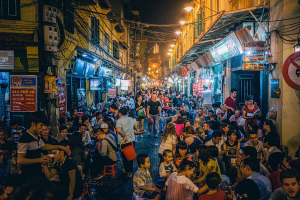
10 Must-Try Experiences for an Unforgettable Hanoi Night for Indian Travelers
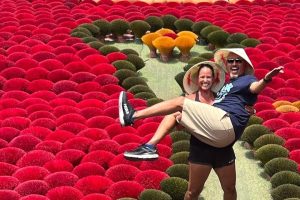
Traditional Craft Villages
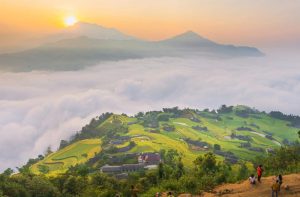
Vietnam Weather in May & Best Places to Visit

French Village in Ba Na Hills, Vietnam: A European Escape in Asia
